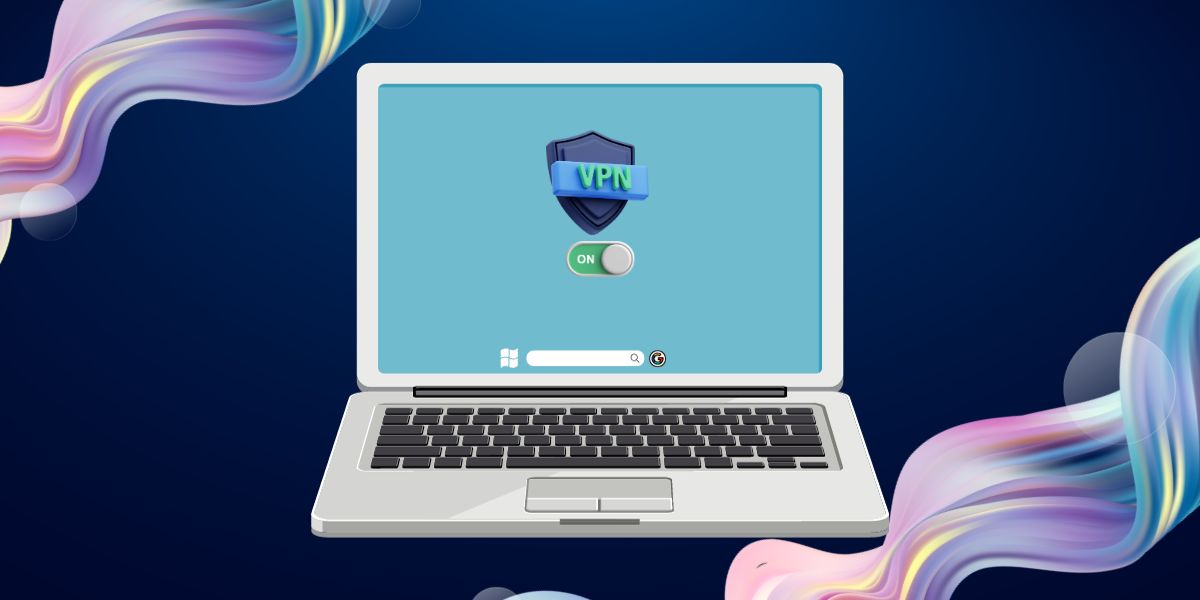Introduction
In this article, we will guide you through the simple yet essential steps to set up a VPN on Mac, ensuring that your internet activities remain private, secure, and free from prying eyes. With the ever-increasing risks of data breaches and surveillance, knowing how to establish a Virtual Private Network on your iOS device is paramount.
Why do we need a VPN ?
Virtual Private Networks, are essential for online privacy and security. They encrypt your internet connection, shielding your data from hackers and prying eyes. They also provide anonymity by masking your IP address.
Enhanced Privacy: A VPN masks your IP address, making it difficult for websites and third parties to track your online activities. Your data becomes more private and less susceptible to surveillance.
Security on Public Wi-Fi: When you connect to public Wi-Fi networks, your data can be vulnerable to hackers. A VPN encrypts your internet traffic, ensuring your sensitive information remains secure, even on unsecured networks.
Bypass Geo-restrictions: VPNs allow you to access content that may be restricted or censored in your region. By connecting to servers in different countries, you can unlock websites and streaming services that are otherwise unavailable.
Secure Data Transfer: If you’re sending sensitive information, like passwords or financial data, a VPN adds an extra layer of encryption, safeguarding your data from interception.
Now, let’s walk through the steps to set up a VPN on your Mac.
How to Set up a VPN on Mac
Installation Guide
STEP 1 – Select a VPN Service:
Start by choosing a reputable VPN service provider. There are many options available, both free and paid. Popular choices include ExpressVPN, NordVPN, and Surfshark Download the VPN app from the App Store.
STEP 2 – Install the App:
Open the App Store on your Mac and search for the VPN service you’ve chosen. Download and install the app.
STEP 3 – Create an Account:
After installing the app, open it, and you’ll typically be prompted to create an account. Follow the on-screen instructions to register.
STEP 4 – Log In:
Once you’ve created an account, log in to the VPN app using your credentials.
STEP 5 – Connect to a Server:
In the app, you’ll have the option to choose a server location. Select a server based on your needs. If you want to access content from a specific country or simply want the best speed and security, choose a server that’s geographically close to you.
STEP 6 – Enable VPN:
After selecting a server, toggle the VPN switch to connect. You may be prompted to allow the VPN to add a configuration to your Mac. Confirm this action.
STEP 7 – Connection Status:
Once connected, you’ll see a VPN icon in the status bar at the top of your Mac screen. This indicates that your internet traffic is now encrypted and routed through the VPN server.
STEP 8 – Adjust Settings (Optional):
Most VPN apps allow you to customize settings like auto-connect, protocol selection, and more. Explore the app’s settings to tailor your VPN experience to your preferences.
STEP 9 – Disconnect:
To disconnect from the VPN, simply return to the app and toggle the VPN switch off.
Remember to choose a VPN service that aligns with your specific needs, whether it’s speed, security, or unblocking geo-restricted content. Always prioritize VPN providers with a strong commitment to privacy and a no-logs policy to ensure your data remains secure.
We recommend that you use Surfshark VPN for all your devices, like laptops, computers, Macs, iPhones, and Androids. Surfshark offers unlimited device access with one subscription.
FAQs
Q1 Does the Mac have a built-in VPN?
A1 No, Macs do not have a built-in VPN. Users must download and configure a VPN app from the App Store to use one.
Q2 How does a VPN work on my Mac?
A2 A VPN on your Mac routes your internet traffic through a secure server, encrypting data to protect your online privacy and security.
Q3 Are VPNs free?
A3 VPN services can be both free and paid, but free options often have limitations like slower speeds and data caps.
Q4 When shouldn’t I use a VPN?
A4 Avoid using a VPN when you need to access local network devices or services that block VPN traffic for legitimate reasons.
Q5 Does a VPN block your internet provider?A5 A VPN can hide your online activity from your internet provider, but it doesn’t block your provider. They can see that you’re using a VPN but can’t monitor your specific online activities.
